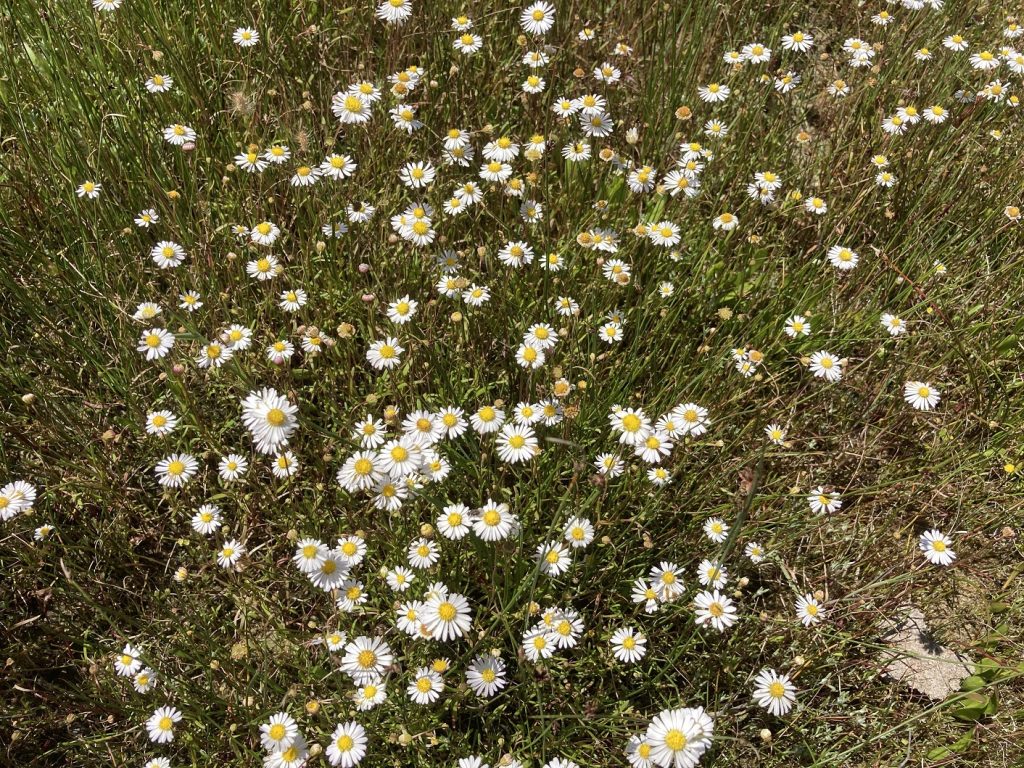When low waterbird numbers are a good sign: Lake Hawdon North baseline surveys
Readers may recall this article from last year, describing the first ever waterbird census of Lake Hawdon North, a 2,500 ha wetland inland from Robe in the South East of SA. As a wetland being considered for hydrological restoration under the Australian and South Australian Governments’ Healthy Coorong, Healthy Basin Program (find out more here), data on the diversity and abundance of waterbirds using the wetland now, prior to restoration, will enable a comparison with data obtained following restoration, if it proceeds, providing a measure of project outcomes. The more baseline surveys conducted, the more confidence we will have of waterbird use of the wetland in its current, modified condition. With that in mind, over the two days of November 8th and 9th 2022 Nature Glenelg Trust teamed up with Friends of Shorebirds South East (FoSSE) to undertake a second baseline waterbird census of Lake Hawdon North.

Conditions were quite warm, in the low thirties, which made covering long distances on foot, in waders, through water up to knee deep, quite tough! But FoSSE are a particularly resilient lot and by mid-afternoon on the second day we were all done. Water levels were slightly higher than 2021, with approximately 40% of Lake Hawdon North inundated. The most remarkable thing about this survey was the lack of waterbirds! We are still entering the data, but shorebirds, other waders, terns, ducks and swans were all in extremely low abundance. We suspect this is due to the extreme La Niña conditions across central and south-eastern Australia, with vast areas of the inland currently underwater. No doubt this is a good thing for waterbird populations, but it highlights that waterbird abundance is not necessarily a reliable indicator of wetland condition because numbers, at least in some years, can be so strongly influenced by climatic factors at a continental scale. Fortunately we have obtained baseline data for several other measures to assess the outcomes of proposed restoration: vegetation, fish and benthic invertebrates.

With our minds not distracted counting birds, a few other details caught our eye, including some rare flora. The grass daisy, Brachyscome graminea, was prolific in places (it is rare in SA, and vulnerable in the South East region) and we stumbled upon a fine specimen of swamp buttons, Craspedia paludicola, which is state and regionally classified as vulnerable. Neither have been recorded in the Lake Hawdon system previously.

Lake Hawdon North is typically dry by early December due the dewatering effects of Drain L, a large drain that is cut through the bed of the wetland. Hydrological restoration, i.e. the construction and operation of a regulator on Drain L to allow water to be held for longer in Lake Hawdon North, would result in the wetland retaining shallow water until mid-March in a typical year. Under that potential future water management scenarios, the conditions we encountered during the spring survey in 2022, would likely occur around mid-January as a result of the extension of the duration of seasonal inundation. Waterbird habitat at that time is usually more valuable because there is typically less available at a regional scale later in the summer. In a more normal year, without massive flooding inland like that currently occurring elsewhere, it will be interesting to see how many birds seek out the habitat in Lake Hawdon North in mid to late summer should restoration proceed. Quite a few we suspect – so stay tuned!


